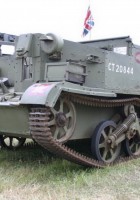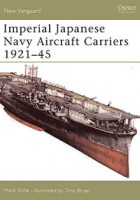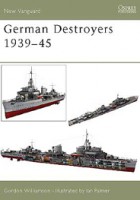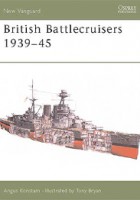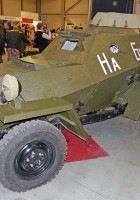2007 Katyusha (en russe Катюша), diminutif russe de Catherine, est le surnom donné par les Soviétiques à un lance-roquettes en rafales de la Seconde Guerre mondiale.
Ce nom vient de la chanson traditionnelle Katioucha.
Surnommé par les Allemands « orgue de Staline » (Stalinorgel) à cause de ses caractéristiques, elle consistait en un camion tirant des roquettes en rafales. Plusieurs batteries de Katiouchas étaient généralement alignées, dans le but de créer un tir de barrage et de destruction très important. Leur formidable puissance de feu était néanmoins altérée par une forte imprécision du tir.
Il existe deux versions de ce lance-roquettes en rafale, le BM-8 82 mm ir BM-13 de 132 mm (BM pour Boïevaïa Machina, « véhicule de combat »). Chaque camion comportait entre 14 et 48 lanceurs.
Les roquettes du système BM-13, appelé RS-132 (RS pour Raketnyi snaryad, « roquette auto-propulsée ») étaient d’une hauteur de 1,8 m, de 132 mm de diamètre et d’un poids de 42 kg. Les roquettes étaient lancées par un propulseur solide à base de nitrocellulose disposé dans le moteur en acier de la roquette. La roquette était stabilisée par des ailerons cruciformes en tôle d’acier. L’ogive explosive, pouvant être à fragmentation, était hautement explosive et d’un poids d’environ 22 kg. La distance de tir des Katioucha était d’environ 8 km.
Šaltinis: Katioucha sur Wikipedia
